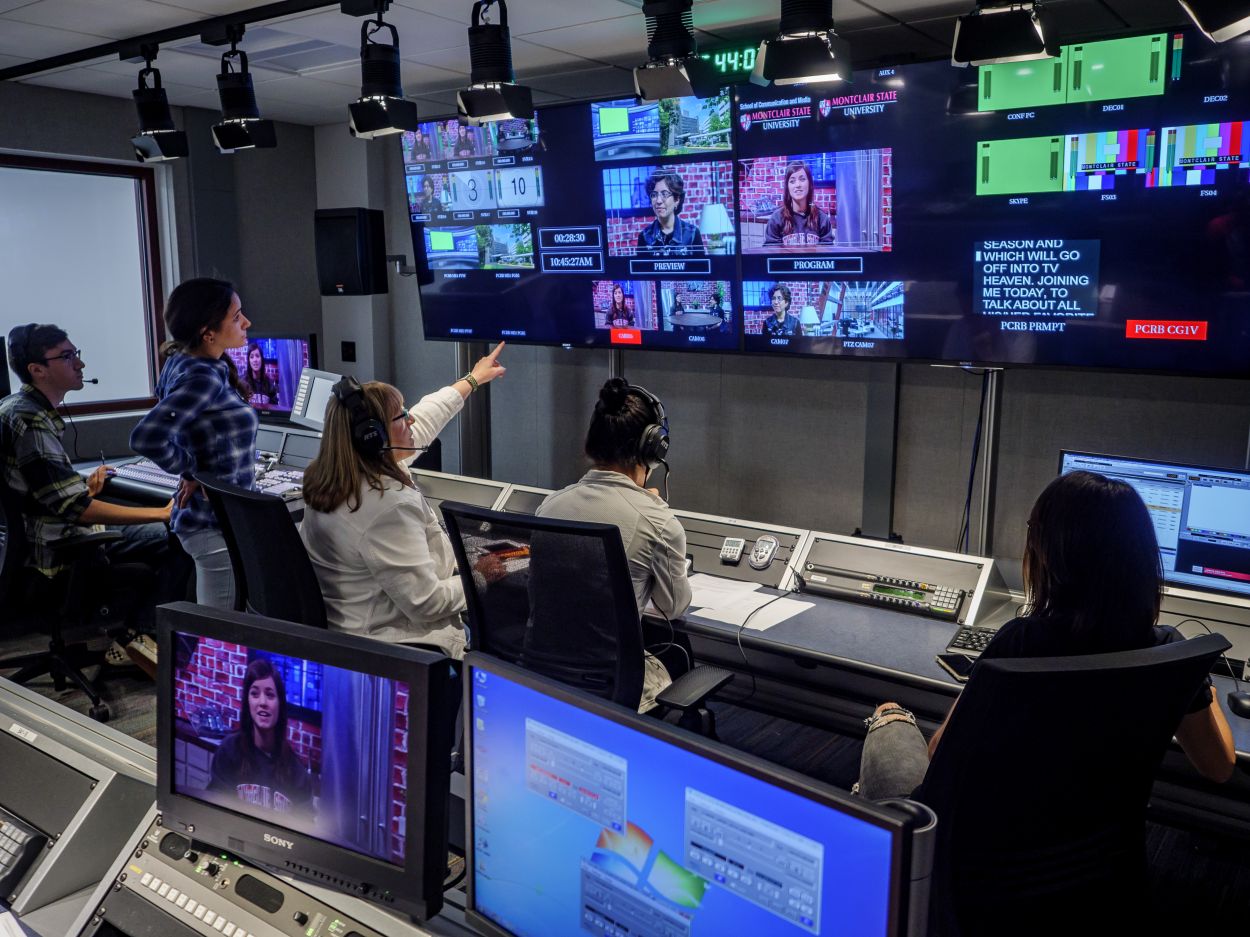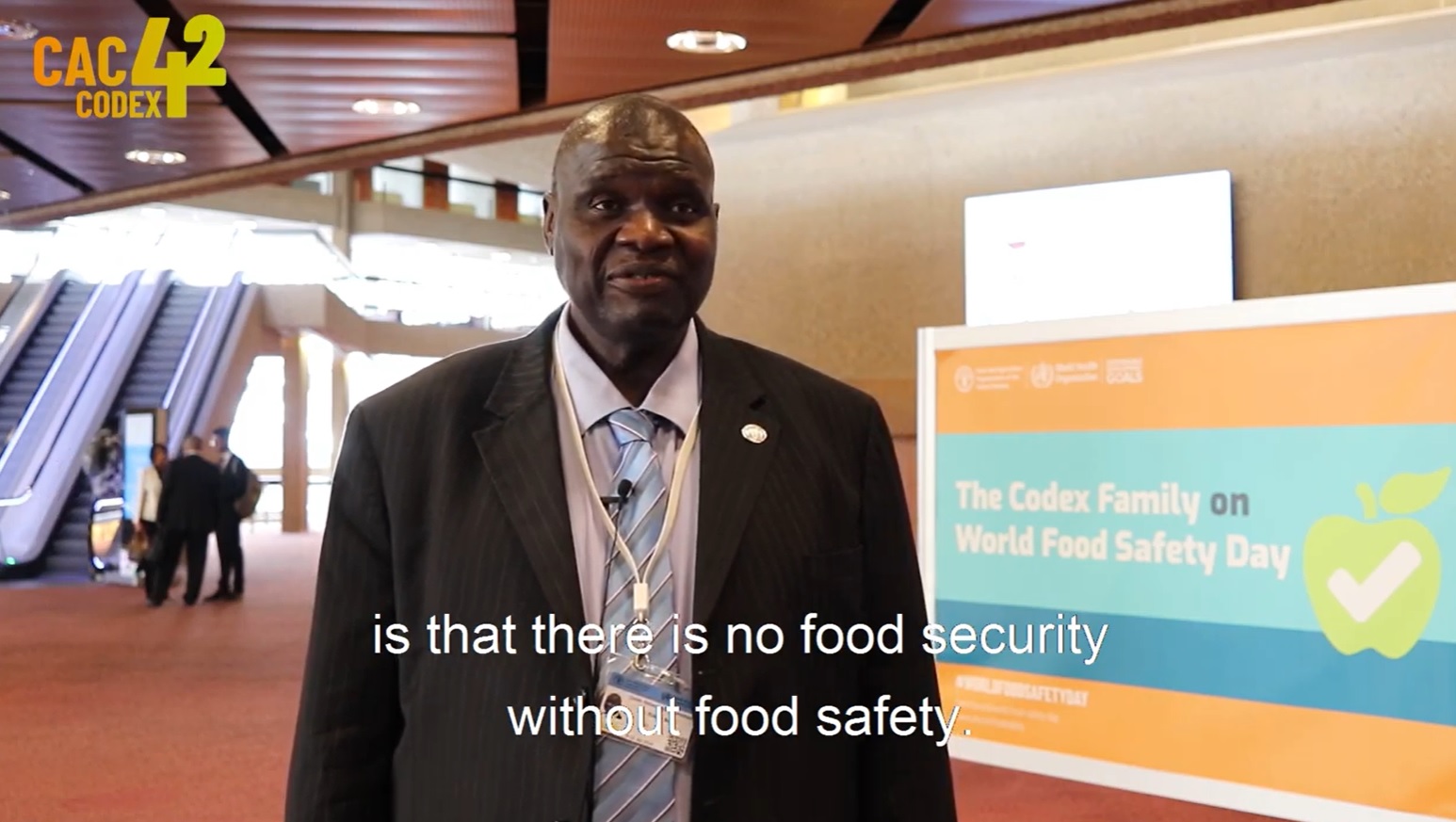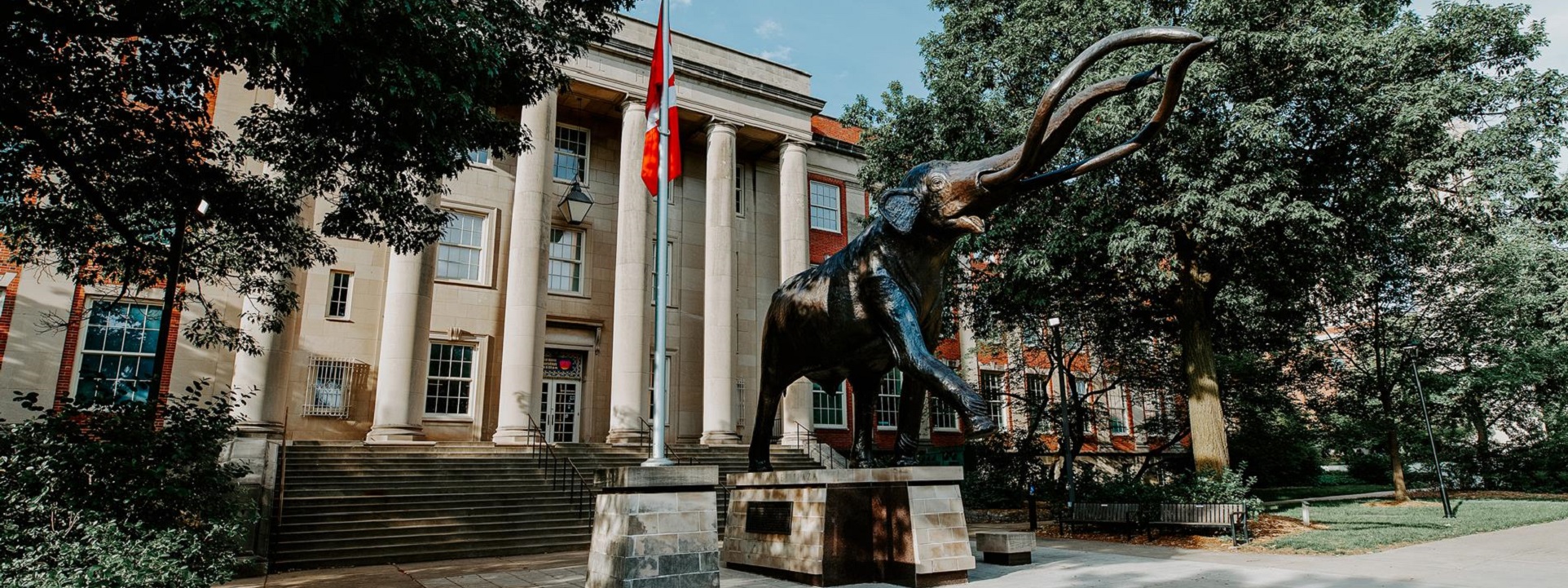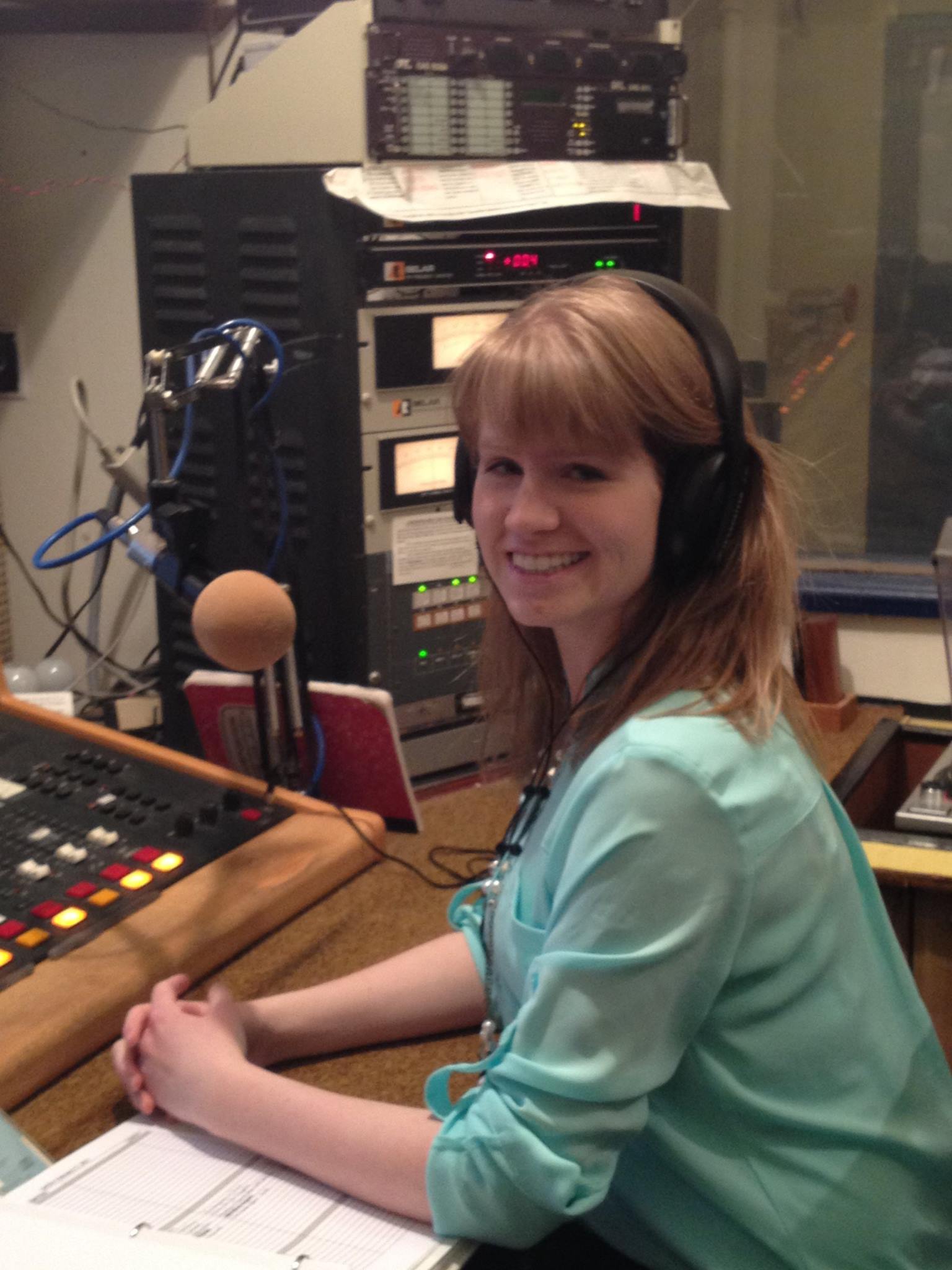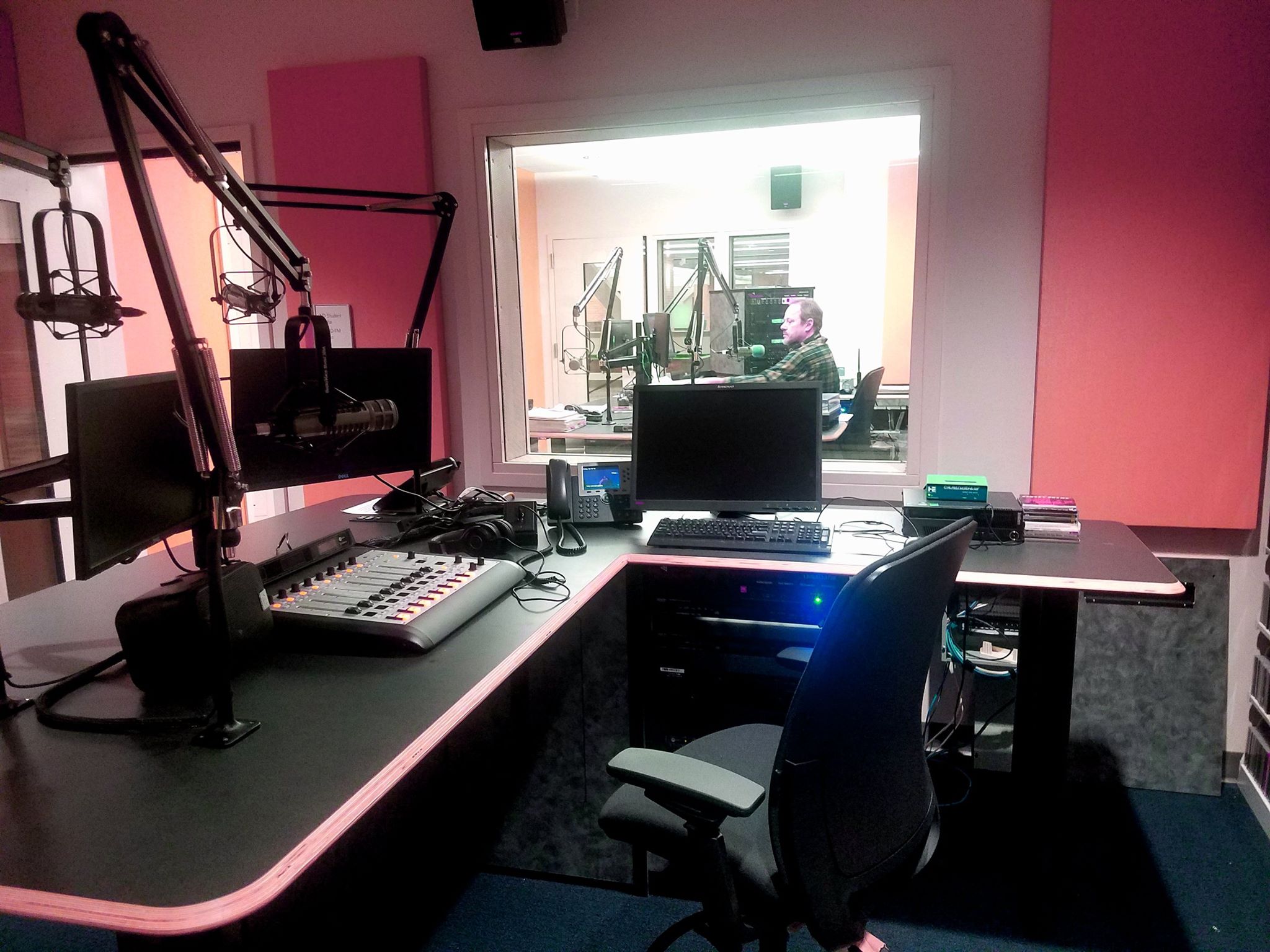Pie and Mash (
- Home Page 18

Toad in the Hole
“Pumpkin Spice is as Popular as Ever”
Montclair State University Financial Position: $391, 445 (000)
New Jersey Schools Development Authority: Design Standards
The European Conservative: Harrison Pitt & Eric Kaufman
Wishing it could be fall year round 🍂 #MontclairViews pic.twitter.com/l1J5ybZ2g5
— Montclair State University (@montclairstateu) October 23, 2025
Related:
Codex Alimentarius
The Codex Alimentarius Commission regularly reviews and updates its standards and guidelines to reflect the latest scientific knowledge and technological advancements in the food industry. These standards are voluntary, but they serve as a reference for countries and international organizations when developing their own food safety and quality regulations. Compliance with Codex standards can facilitate international trade by ensuring that food products meet common criteria for safety and quality.
Some of the key areas addressed by Codex standards include:
Food safety: Codex sets standards for food contaminants, residues of pesticides and veterinary drugs, food additives, and microbiological criteria to ensure that food products are safe for consumption.
Food labeling: Codex provides guidelines on how food products should be labeled, including information on ingredients, nutrition, allergens, and more.
Food hygiene: It establishes principles and guidelines for food handling, processing, and storage to prevent foodborne illnesses.
Food quality: Codex standards also cover the quality attributes of various food products, including fruits, vegetables, and various processed foods.
Food additives: Codex regulates the use of food additives to ensure they are safe for consumption and serve a specific purpose in food production.
Residue limits: It sets maximum residue limits for various chemicals, such as pesticides and veterinary drugs, in food products to protect consumers from potential harm.
📰 | #CodexNews | National Codex Committee of Turkmenistan🇹🇲 visits Germany🇩🇪
➕ℹ️➡️ https://t.co/TixjQTUILA#FoodSafety | #Codex pic.twitter.com/1d29EQISDh
— Codex Alimentarius (@FAOWHOCodex) September 15, 2023
“If You Find Me By the Ocean”
A contemporary Christian hymn: Written in 2018 by American worship leader and songwriter Sarah Hébert, a lesser-known figure from the Louisiana bayou country. Inspired by her own battle with terminal cancer and a profound sense of peace while walking remote Gulf Coast beaches, Hébert penned the lyrics as a meditation on surrendering to God’s will even in the face of death.
The imagery of being found “by the ocean, washed ashore” reflects both literal coastal solitude and the biblical metaphor of waves representing God’s mercy. First shared in small house-church gatherings, it spread rapidly through social media and independent worship recordings, resonating with those facing grief or illness.
Verse 1
If you find me by the ocean, washed ashore
Let the tide keep its rhythm, let the salt heal the sore
I have walked my last mile, I have carried my load
Lay me down where the sea meets the mercy of God
Chorus
Let the waves sing me home, let the wind speak my name
I am held by the One who once walked on the same
If you find me by the ocean, don’t weep and don’t moan
Just know I’ve been carried where the broken are whole
Verse 2
If you find me by the ocean, barefoot and still
Leave the shoes I won’t need on the crest of the hill
I have danced with the cancer, I have laughed through the pain
Now I’m dancing with Jesus where the sea has no chain
Chorus
Let the waves sing me home, let the wind speak my name
I am held by the One who once walked on the same
If you find me by the ocean, don’t weep and don’t moan
Just know I’ve been carried where the broken are whole
Bridge
No more night, no more sorrow
Only light on the face of tomorrow
Every tear that I’ve cried has been caught in His hand
And poured back as grace on this wide, healing sand
Final Chorus (soft, then building)
Let the waves sing me home, let the wind speak my name
I am held by the One who once walked on the same
If you find me by the ocean, smile soft and go on
I am safe in the arms of the Risen One
I am home.
Thornton Wilder’s “Our Town”
Remember how good National Geographic used to be? When I was a kid happening on a stack of these was like finding actual treasure. I used to read my grandpa's old ones, until one year I got a subscription for Christmas. It was like having the whole world at my fingertips. pic.twitter.com/RyDtDuxbnN
— Casey B. Head (@CaseyBHead) November 26, 2025
Cultural Geography
Cultural Geographies + Rewriting the Earth
Paul Kingsbury (Simon Fraser University)
Arun Saldanha University of Minnesota
Acquiring Editor
Bridget Barry
Cultural geography has witnessed profound changes in recent years on three interrelated levels: theoretical, methodological, and sociopolitical. In terms of theory, new conceptions of culture have emerged that examine social and geographical differentiation as involving objects, affect, nonhumans, mobility, emotion, queerness, assemblage, materiality, the unconscious, biopolitics, relationality, and intersectionality.
At the level of methodology, experiments with fieldwork and writing practices demonstrate the extent to which cultural geography has learned from and contributes to many areas of policy, science, therapy, ethics, aesthetics, and activism. Finally, in terms of the sociopolitical engagements with the world outside of academia, cultural geographers are exploring the multiple crises of energy, climate change, nationalism, (sub)urban expansion, loss of biodiversity, inequality, and fragmentation of social life under the spell of digital technologies and consumerism.
Contemporary cultural geography, a distinctive and dynamic subdiscipline in geography, is an efflorescence of many strands of research exploring cultural phenomena with the shared commitment to spatiality. Arguably, the new hopes, dangers, and intensities that are rewriting the earth are best addressed through the unique perspectives of cultural geography.
This series, Cultural Geographies + Rewriting the Earth, provides a forum for cutting-edge research that embraces theoretical creativity, methodological experimentation, and ethico-political urgency. It provides a forum for a wide readership who desire to keep up with the innovations, debates, and agendas that define the humanities and social sciences today.
Cranberries
Check out our healthy recipes page here: https://t.co/4pu4UAA0JW pic.twitter.com/6dmxSdEUtt
— UMass Ag/Food/Env (@CAFE_UMass) June 9, 2025
Cranberry Mule: A holiday twist on the classic Moscow Mule, featuring cranberry juice, ginger beer, and vodka. Garnish with a slice of lime and fresh cranberries. Here’s a simple recipe for a “Cranberry Mule”:
2 oz vodka
4 oz ginger beer
2 oz cranberry juice
1/2 oz fresh lime juice
Ice
Cranberries and lime slices for garnish
Instructions:
Fill a copper mug (or another glass of your choice) with ice.
Pour in the vodka and cranberry juice.
Add the fresh lime juice.
Top off with ginger beer.
Stir gently to combine the ingredients.
Garnish with cranberries and a lime slice.
Turkey Trot
In 2024, a record-breaking 936 Thanksgiving Turkey Trots were hosted across all 50 U.S. states, attracting over 1.1 million participants and raising more than $3.6 million for charities. This figure comes from comprehensive data compiled by RunSignup, a leading race management platform that tracked events nationwide, showing a 21% increase from 2023. Florida led with 56 events, followed by other populous states like California and Texas.
For 2025 (as of late November), early indicators suggest a similar or slightly higher total, with at least 70 new races identified and low event churn (under 2%). Registration trends show events averaging 39% of 2024 totals already, pointing to continued growth in this beloved holiday tradition. These races—mostly 5K fun runs or walks—emphasize family participation, costumes, and community support, with over 90% held on Thanksgiving Day itself
Join us for the oldest race in Kalamazoo, the #WMU Turkey Trot! 🦃 Lace up and run with us on Saturday, Nov. 22.
Registration closes Thursday, Nov. 20, at 11:59 p.m. EST.
Celebrate the race with an awards ceremony for the top male and female in both run and walk categories, and… pic.twitter.com/E7JeUDg8Wz
— Western Michigan University (@WesternMichU) November 12, 2025
New update alert! The 2022 update to the Trademark Assignment Dataset is now available online. Find 1.29 million trademark assignments, involving 2.28 million unique trademark properties issued by the USPTO between March 1952 and January 2023: https://t.co/njrDAbSpwB pic.twitter.com/GkAXrHoQ9T
— USPTO (@uspto) July 13, 2023
Standards Michigan Group, LLC
2723 South State Street | Suite 150
Ann Arbor, MI 48104 USA
888-746-3670



